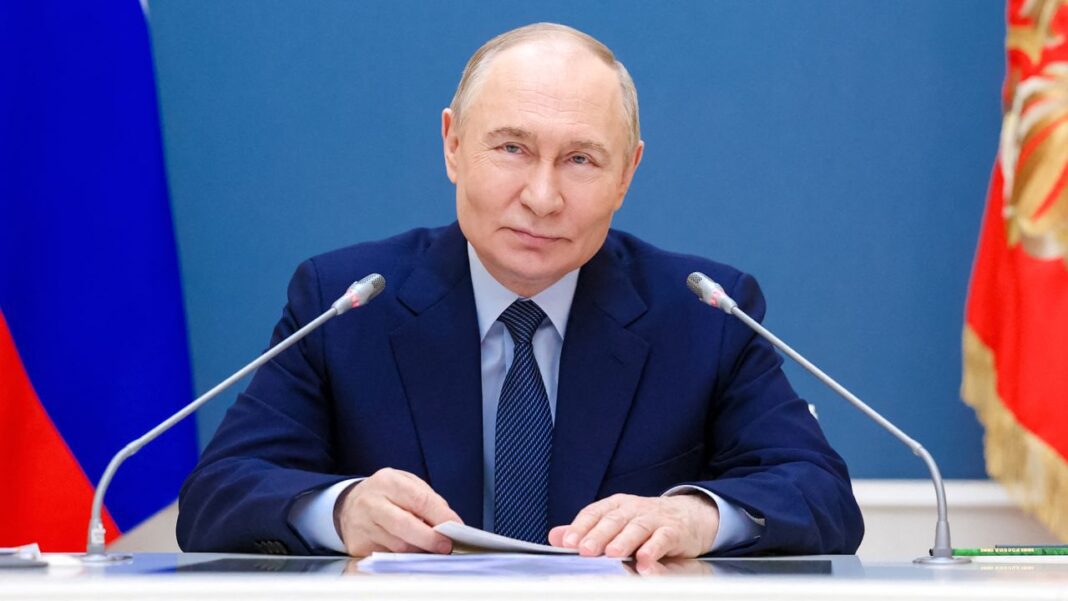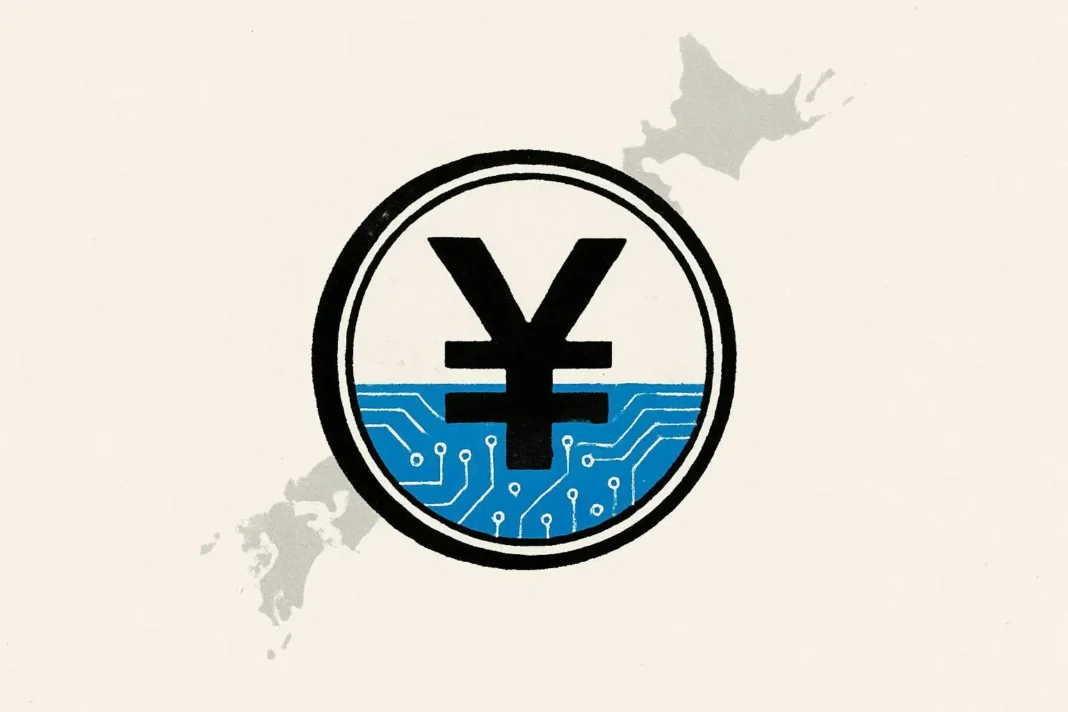In a strategic move to counter Western sanctions, Russia has begun testing its central bank digital currency (CBDC), the ‘digital ruble,’ in 2025. This initiative marks a significant step toward modernizing Russia’s financial system and reducing reliance on traditional global payment networks. In this article, we delve into the details of Russia’s digital ruble trials, the motivations behind its development, and its potential to reshape international finance amid geopolitical tensions. Financial Times
Russia’s Digital Ruble Trials: Key Details
The Bank of Russia launched pilot testing of the digital ruble in 2025, with select banks and businesses participating in real-world transactions. The digital ruble, a blockchain-based currency issued and controlled by the central bank, aims to facilitate faster, cheaper, and more secure domestic and cross-border payments. Unlike decentralized cryptocurrencies like Bitcoin, the digital ruble is fully centralized, allowing the Russian government to monitor and regulate its use.
The trials follow years of development, with Russia accelerating the project in response to intensified Western sanctions imposed due to geopolitical conflicts. The digital ruble is designed to operate independently of global financial systems like SWIFT, which Russia has faced restrictions on since 2022.
Motivations Behind the Digital Ruble
Russia’s push for the digital ruble is driven by several key factors:
- Bypassing Sanctions: Western sanctions have limited Russia’s access to international banking and payment systems, prompting the need for an alternative financial infrastructure.
- Financial Sovereignty: The digital ruble aims to reduce reliance on the U.S. dollar and Western-dominated financial networks, enhancing Russia’s economic autonomy.
- Modernizing Payments: The CBDC offers a digital alternative to cash and traditional banking, streamlining transactions and reducing costs for businesses and consumers.
- Geopolitical Strategy: By promoting the digital ruble in trade with allied nations like China and India, Russia seeks to strengthen economic ties outside Western influence.
Implications for Russia and Global Finance
The digital ruble trials have far-reaching implications:
- Sanctions Evasion: A successful digital ruble could enable Russia to conduct cross-border transactions with fewer restrictions, potentially weakening the impact of Western sanctions.
- Global CBDC Race: Russia’s progress positions it alongside countries like China (digital yuan) and India, intensifying the global race to adopt CBDCs.
- Economic Resilience: The digital ruble could bolster Russia’s domestic economy by improving financial inclusion and reducing reliance on physical cash.
- Geopolitical Shifts: Adoption of the digital ruble in international trade could strengthen Russia’s partnerships with non-Western nations, reshaping global financial alliances.
The Bigger Picture: CBDCs in a Changing World
Russia’s digital ruble is part of a broader global trend toward CBDCs, with over 100 countries exploring or testing digital currencies. Unlike decentralized cryptocurrencies, CBDCs offer governments greater control over monetary policy and transaction monitoring, raising concerns about privacy and surveillance. Russia’s push, driven by sanctions, highlights how geopolitical tensions are accelerating CBDC development as nations seek to safeguard their economies.
The digital ruble also reflects Russia’s strategic alignment with countries like China, which has advanced its digital yuan for similar reasons. As India leads global cryptocurrency adoption, Russia’s CBDC could position it as a key player in the evolving digital finance landscape.
What’s Next for the Digital Ruble?
As Russia continues its digital ruble trials, several developments are on the horizon:
- Expansion of pilot programs to include more banks, businesses, and international partners.
- Integration with Russia’s domestic payment systems and potential interoperability with other CBDCs.
- Regulatory frameworks to ensure compliance and prevent illicit use.
- Efforts to promote the digital ruble in trade with allied nations, particularly in Asia and the Middle East.
Conclusion
Russia’s testing of the digital ruble in 2025 marks a bold step toward bypassing Western sanctions and asserting financial independence. By leveraging blockchain technology, Russia aims to modernize its economy and strengthen its position in global trade. As the digital ruble trials progress, they could redefine Russia’s role in the international financial system and influence the global adoption of CBDCs.


